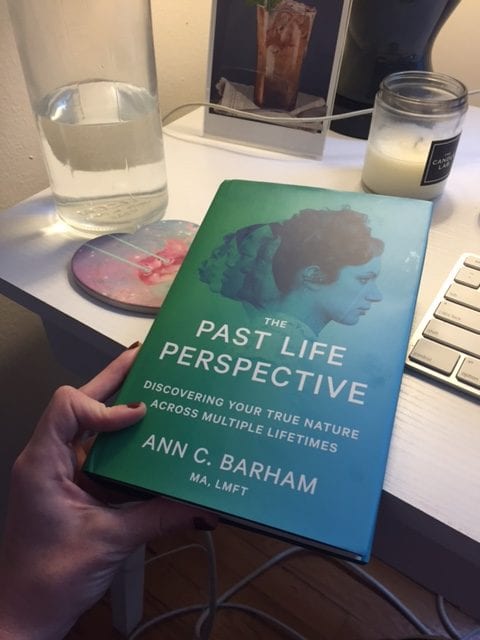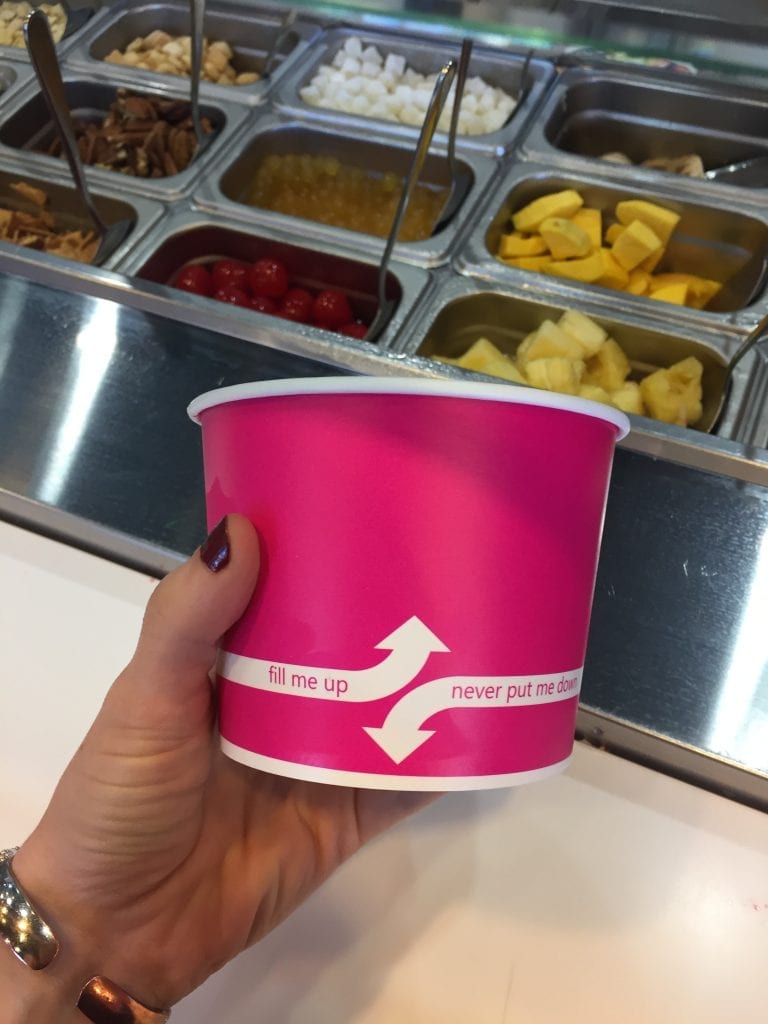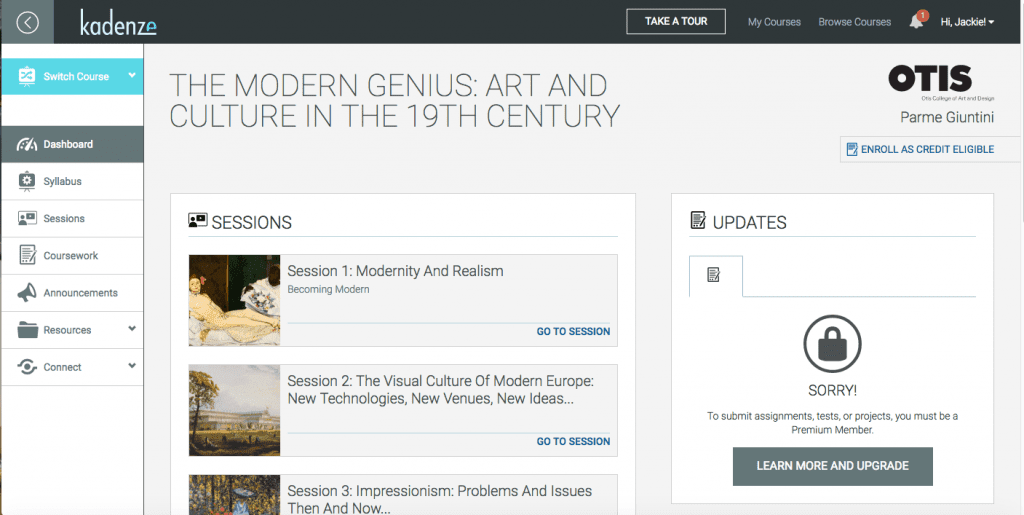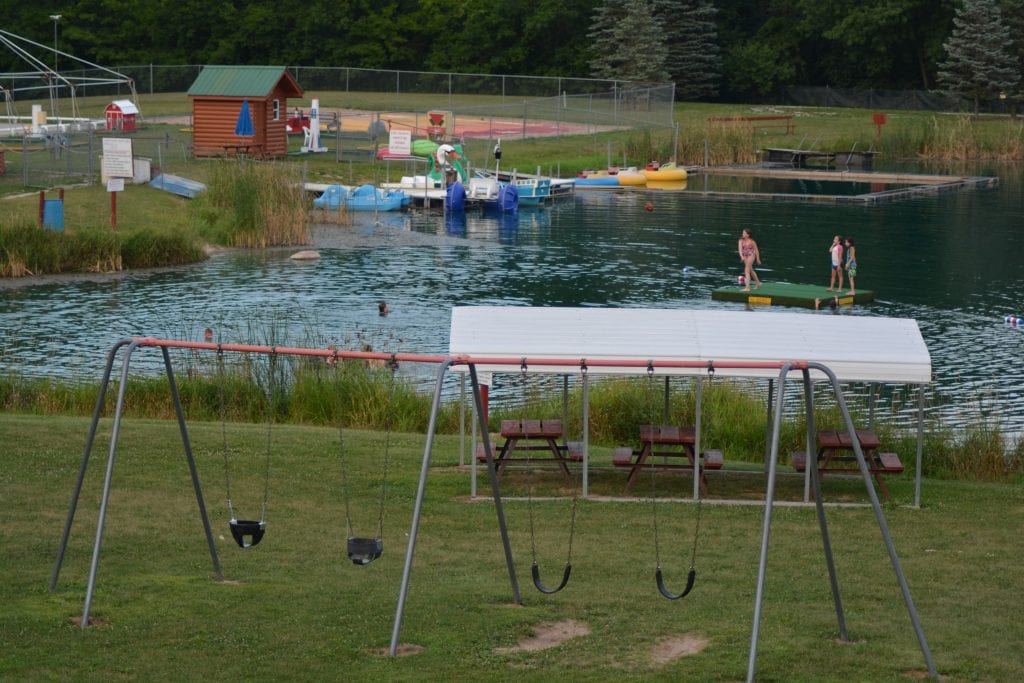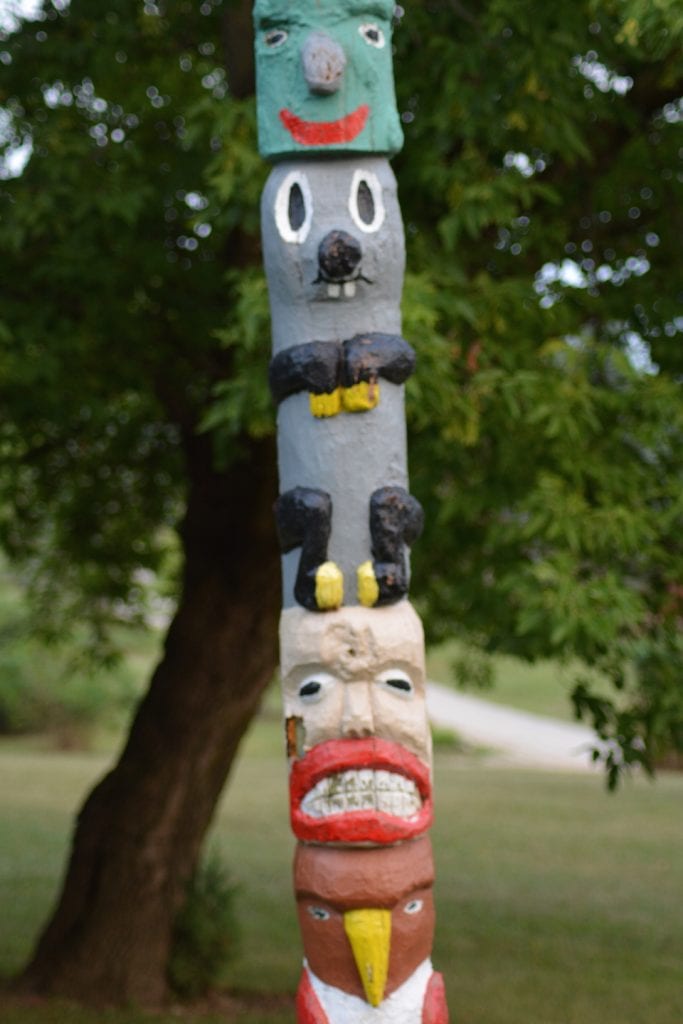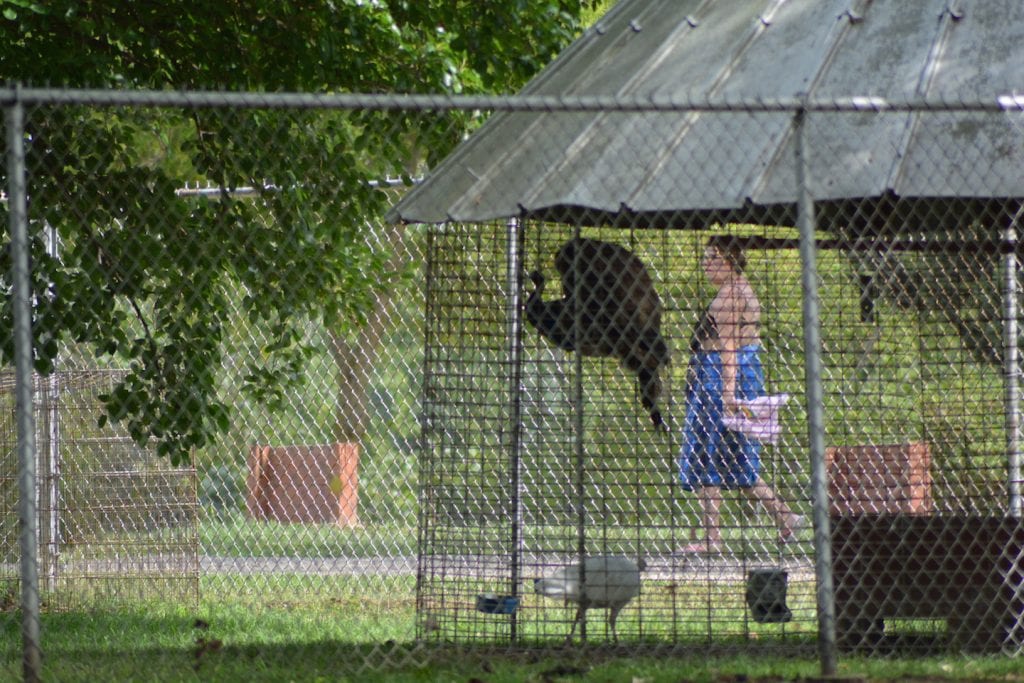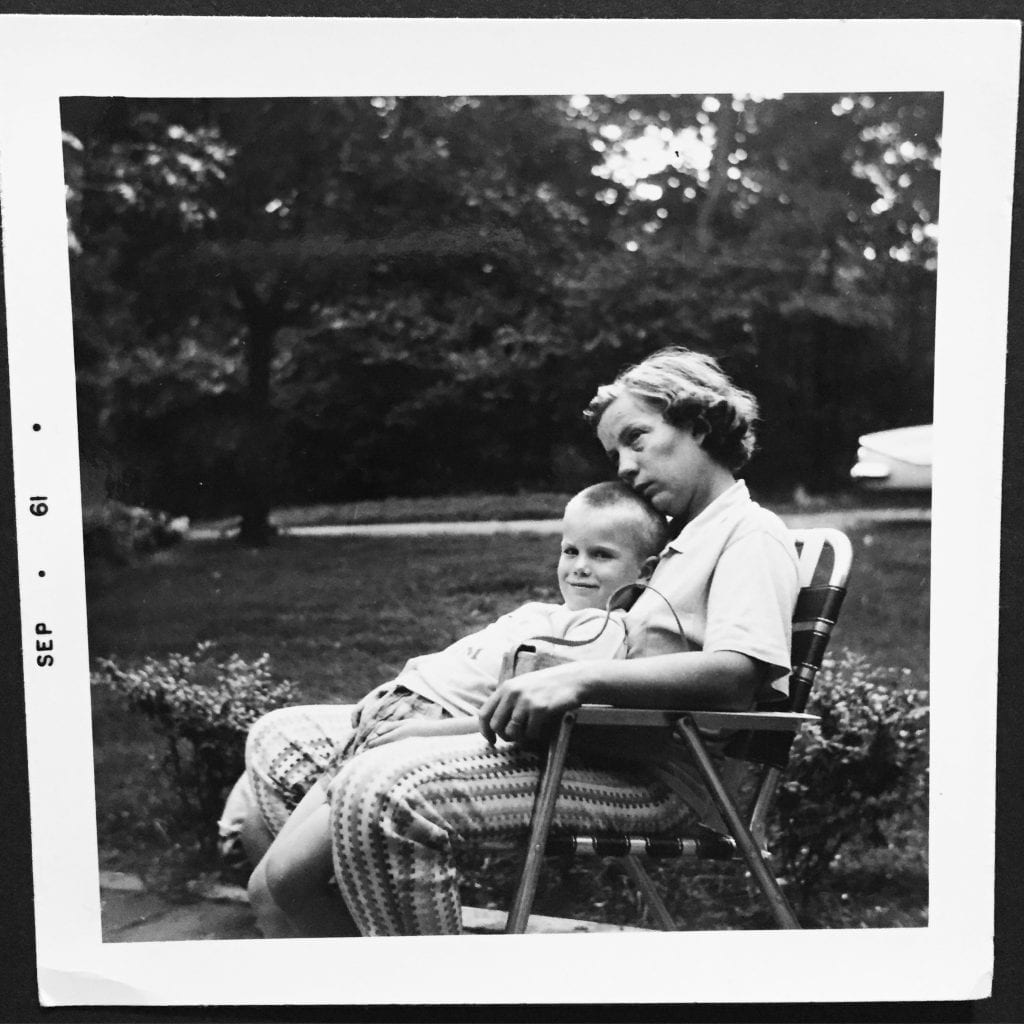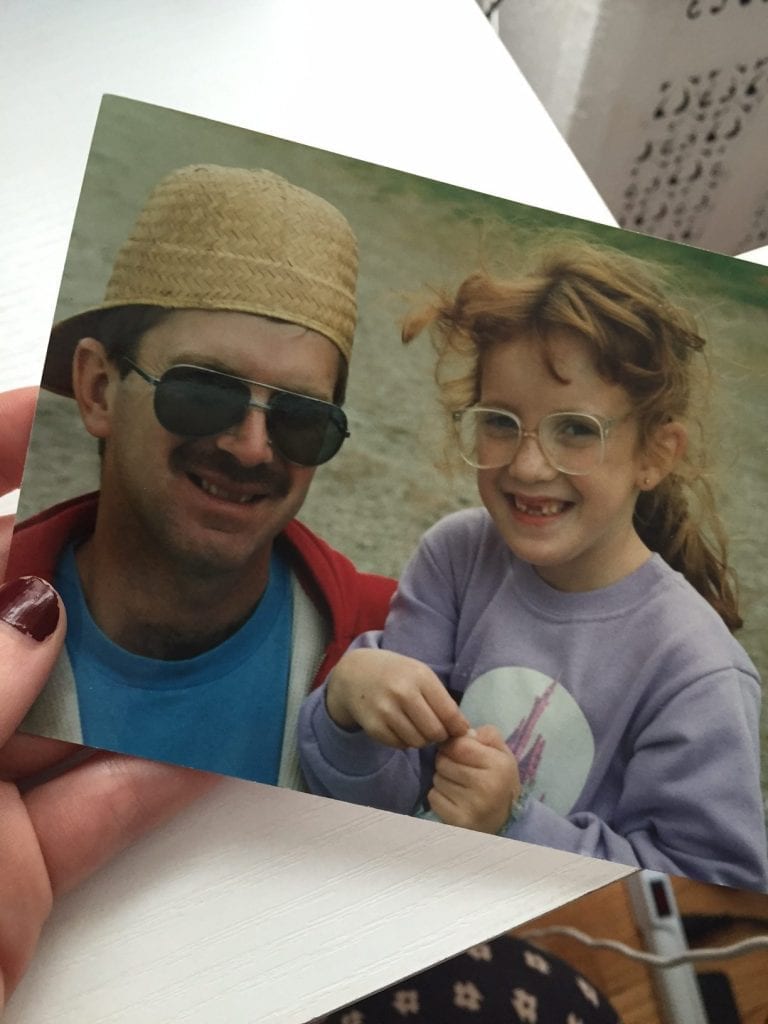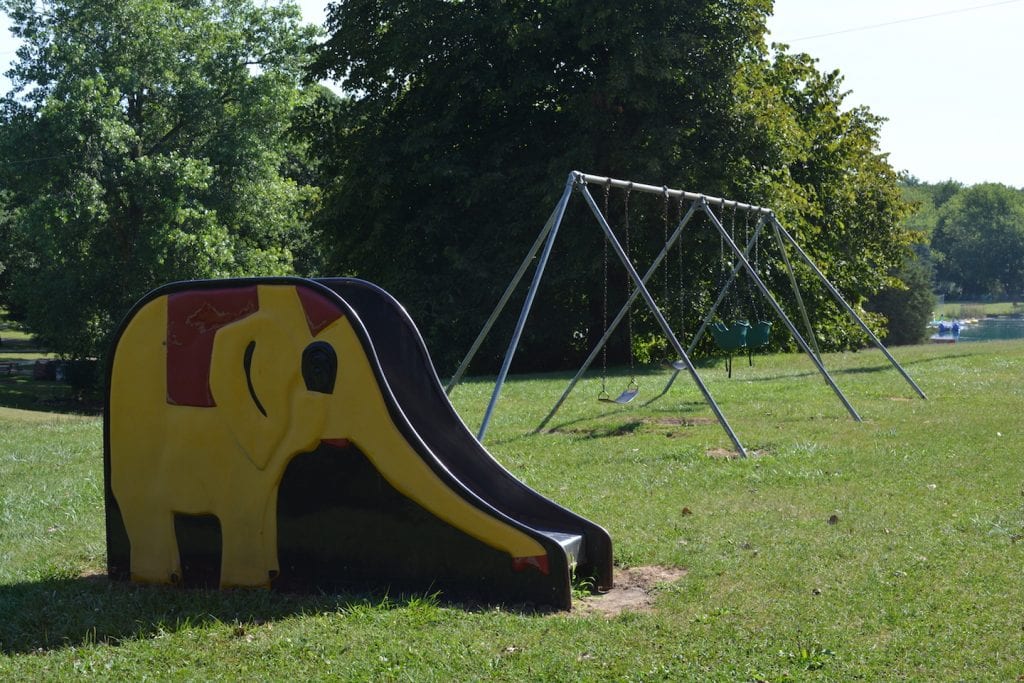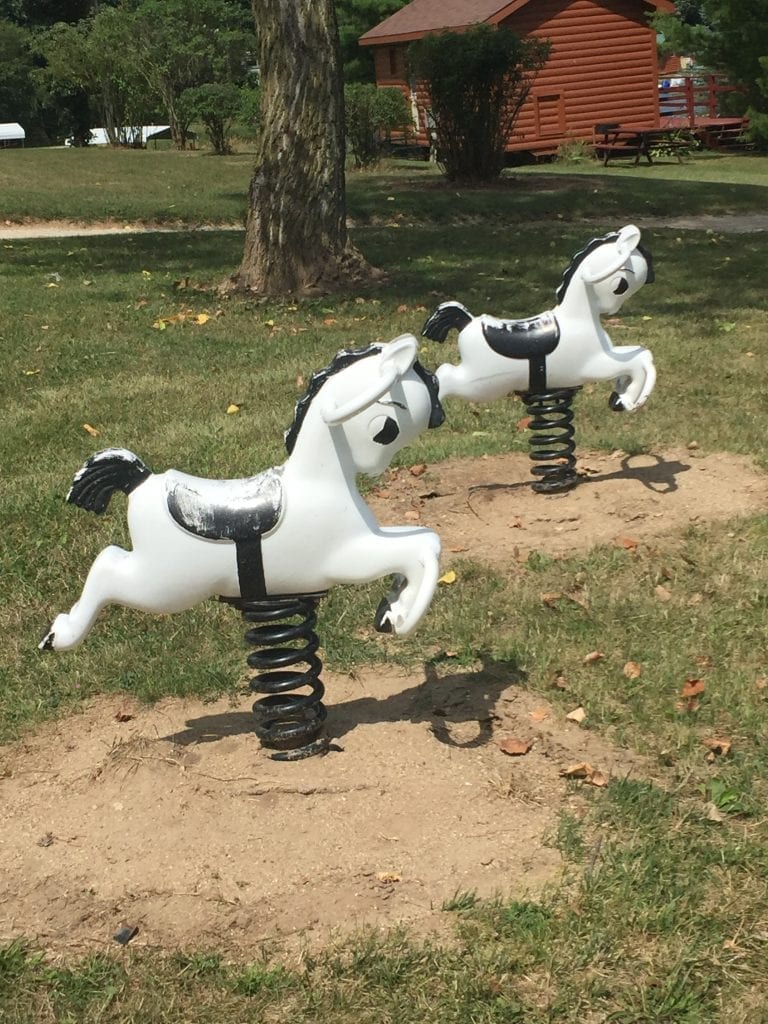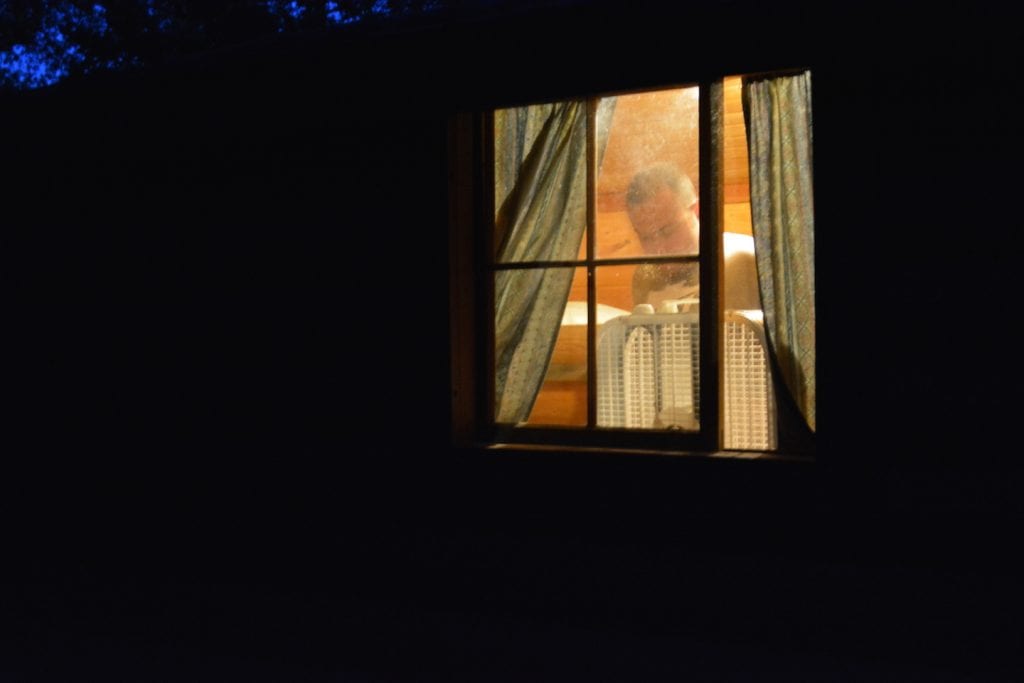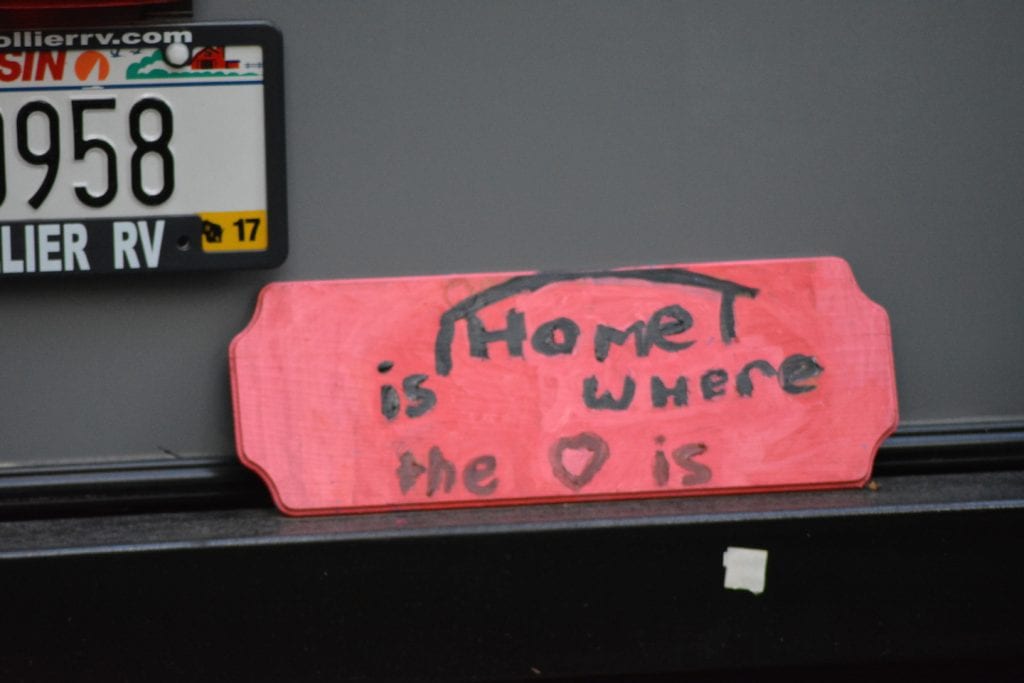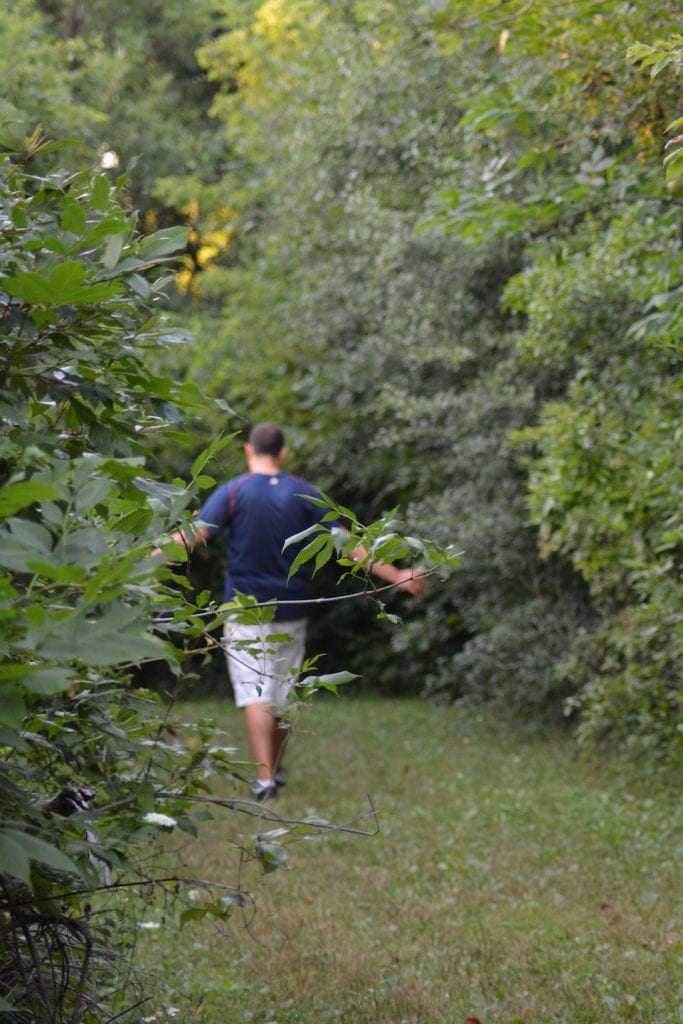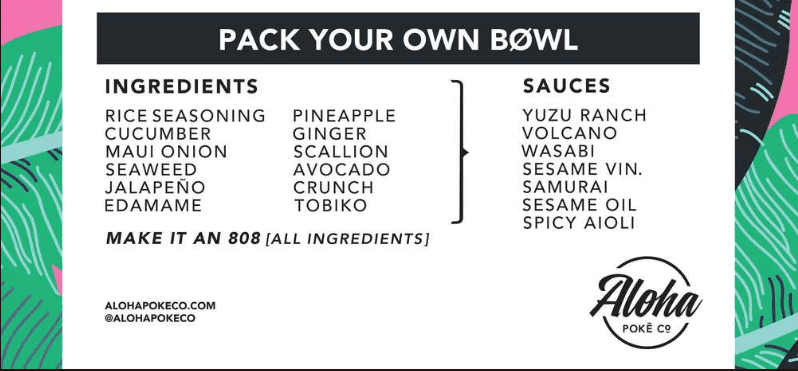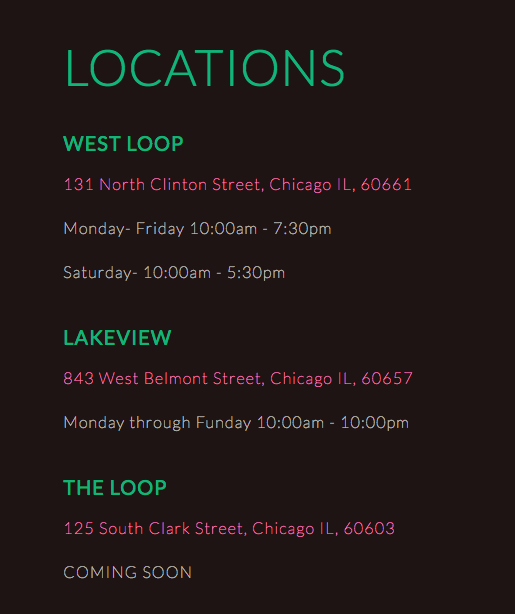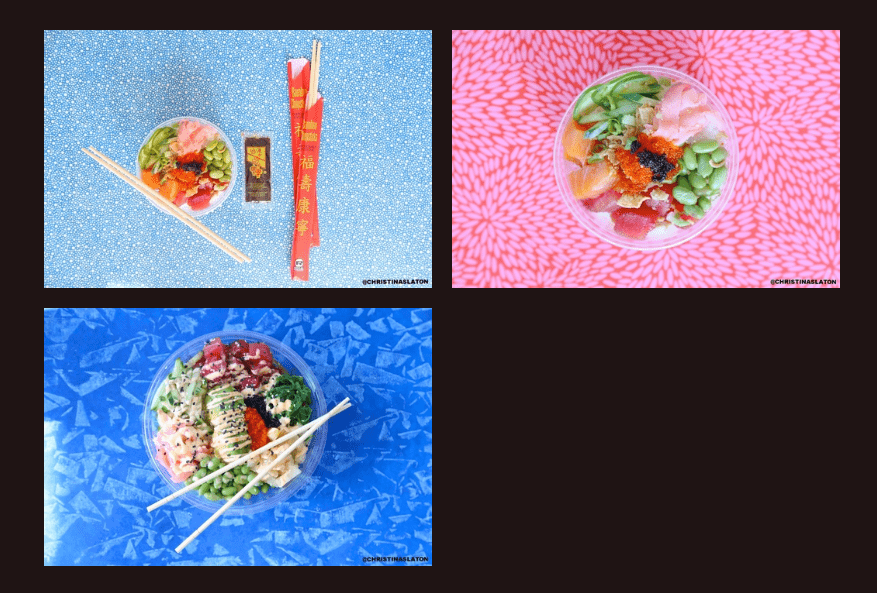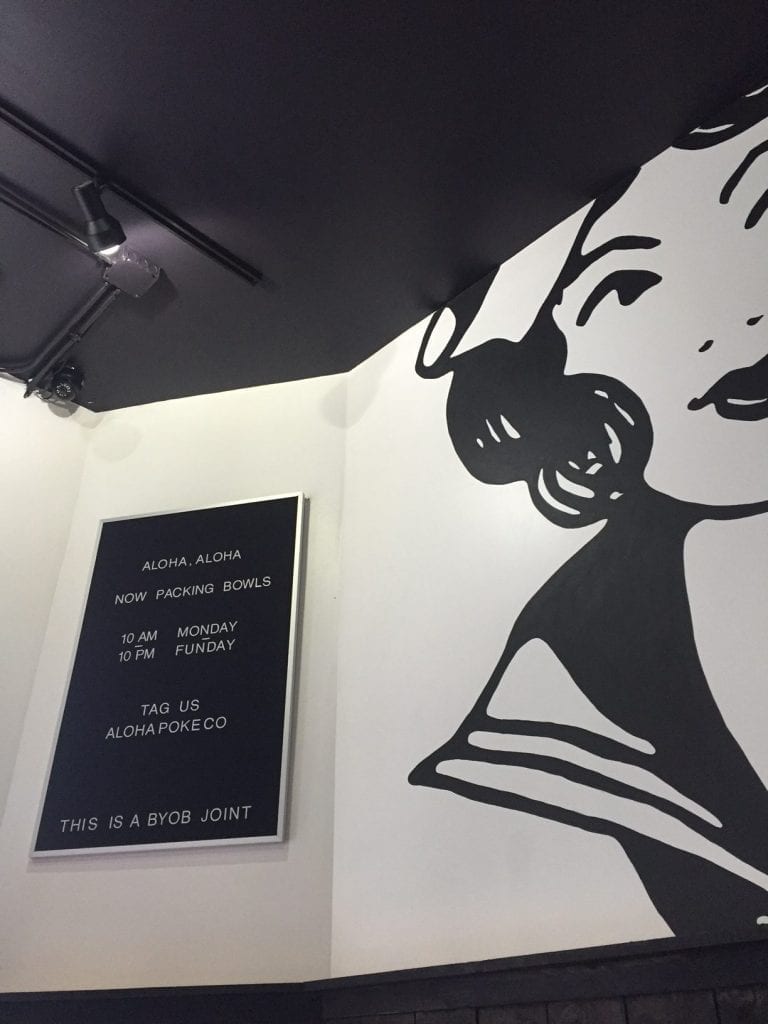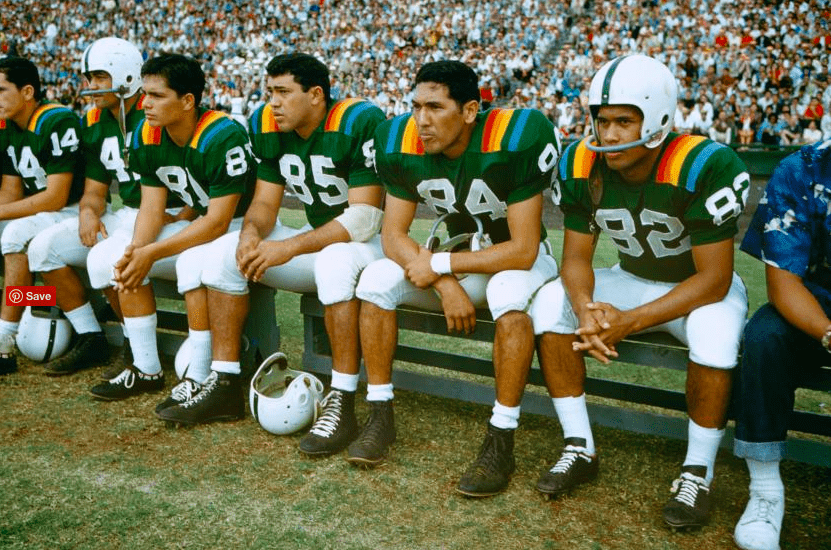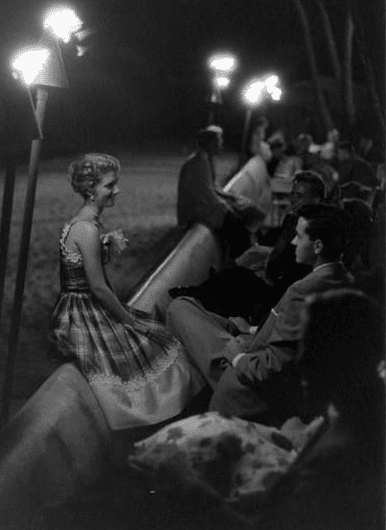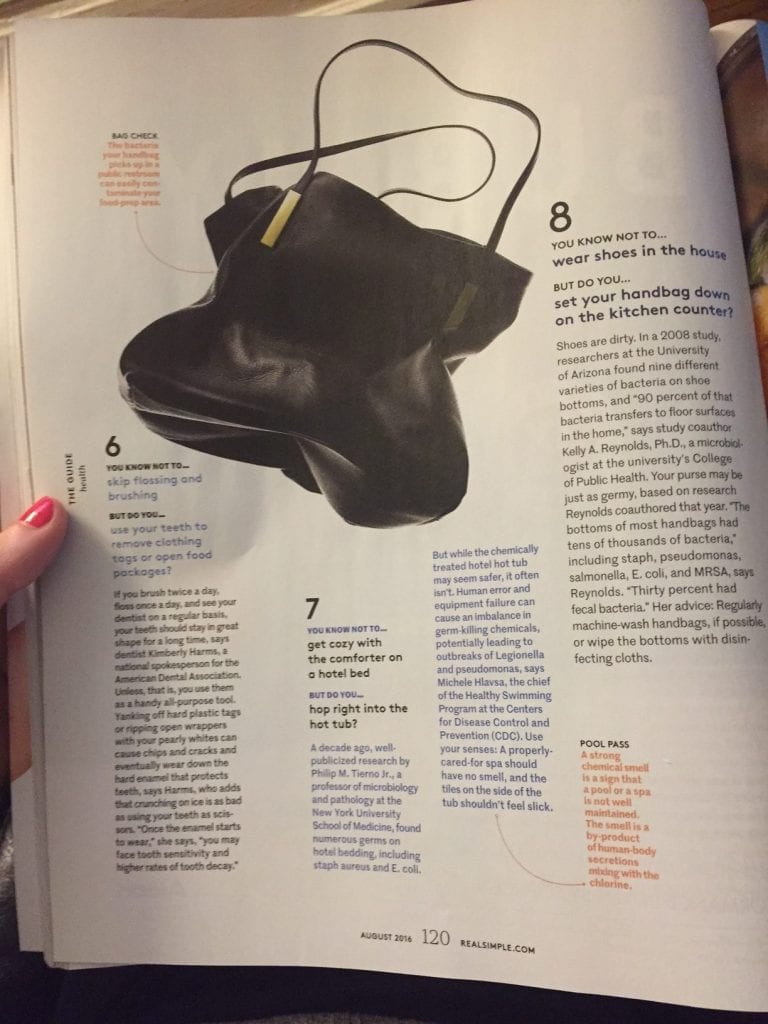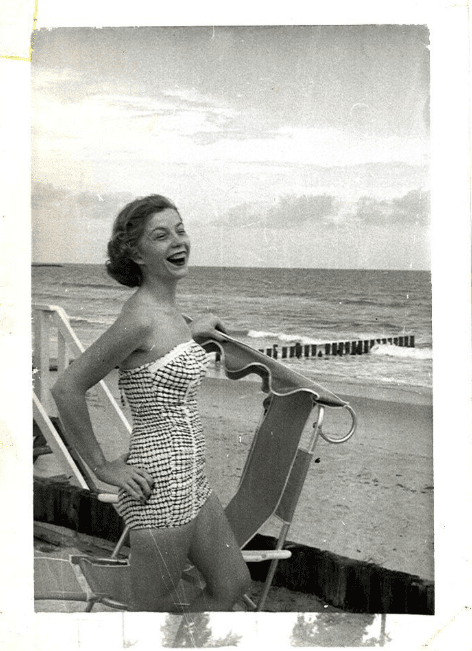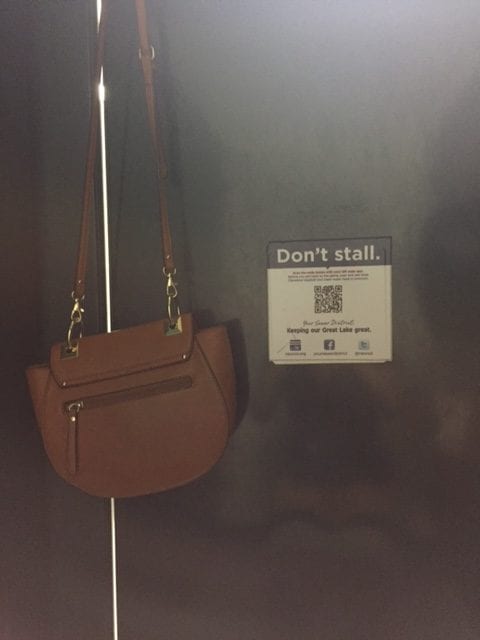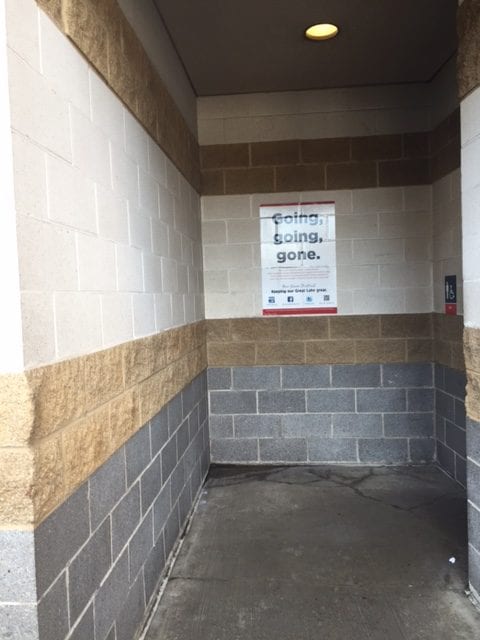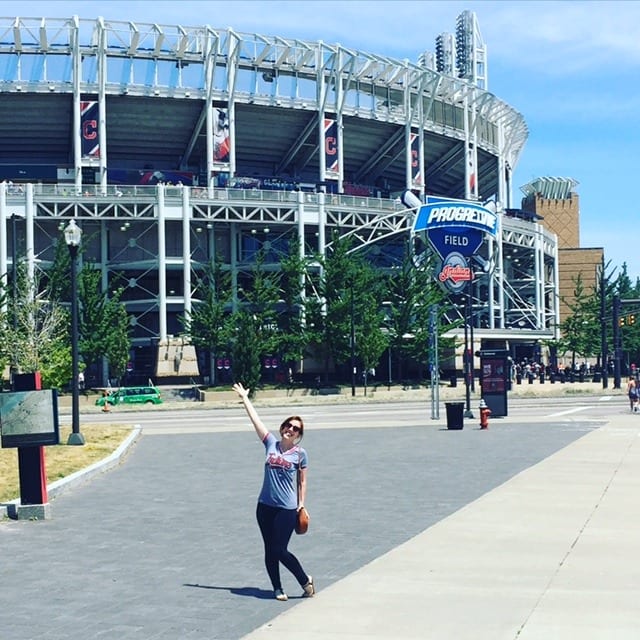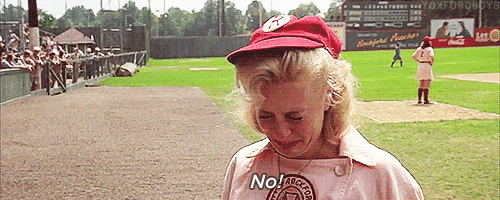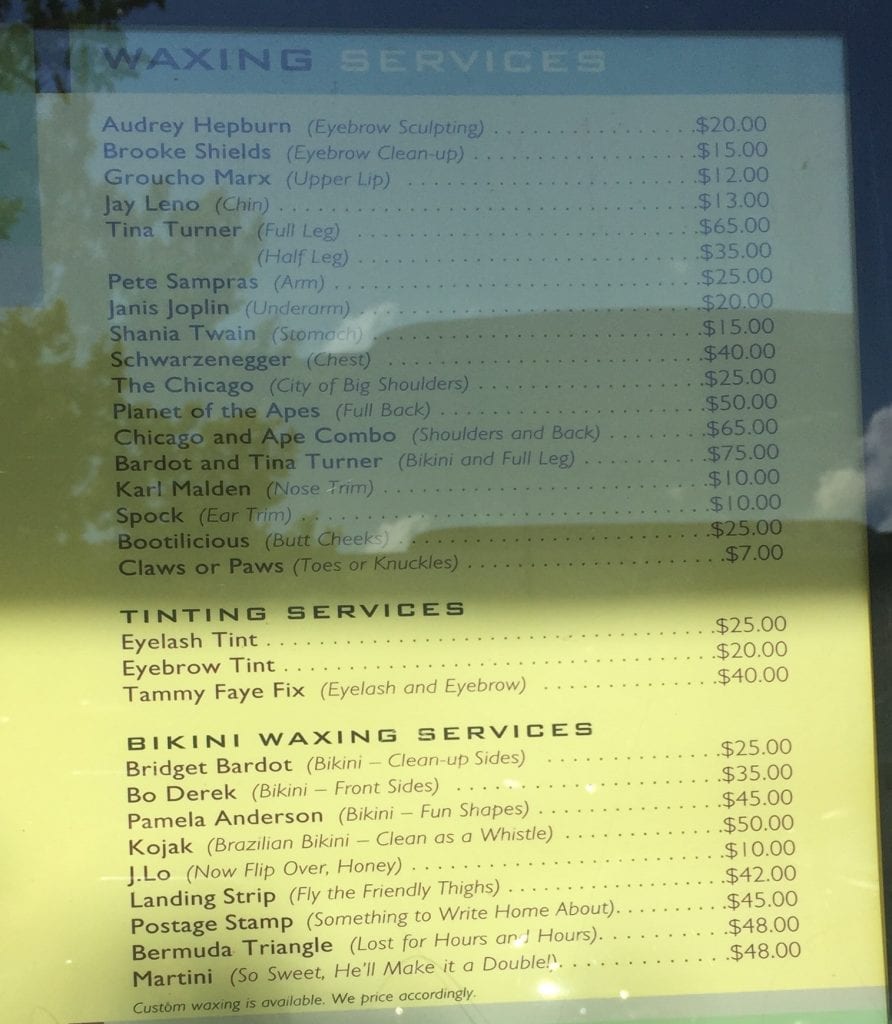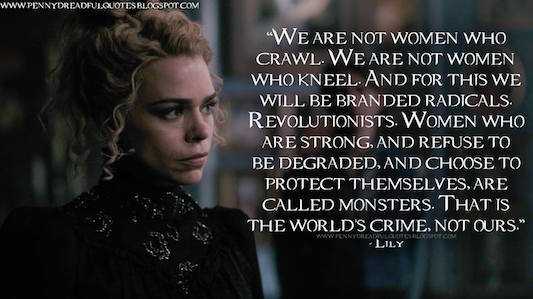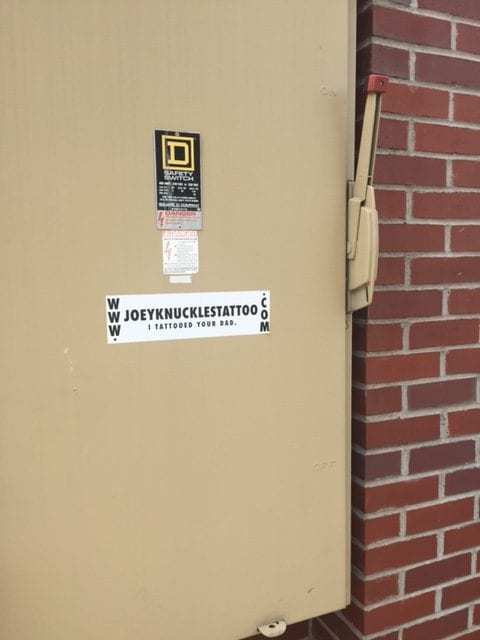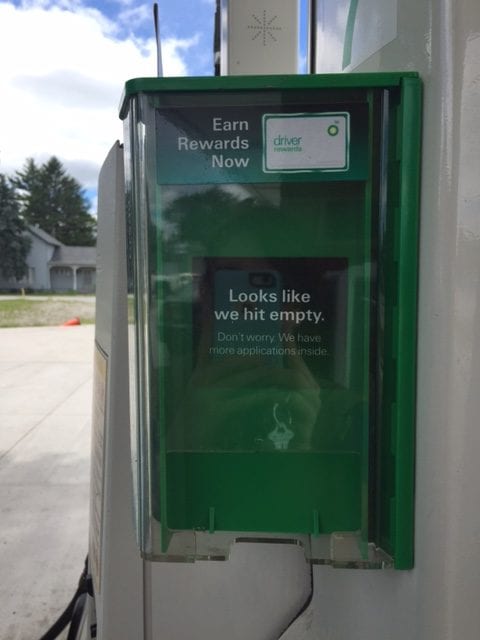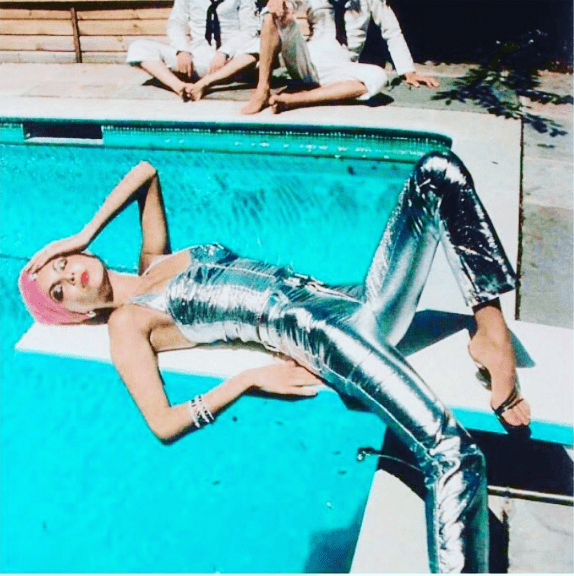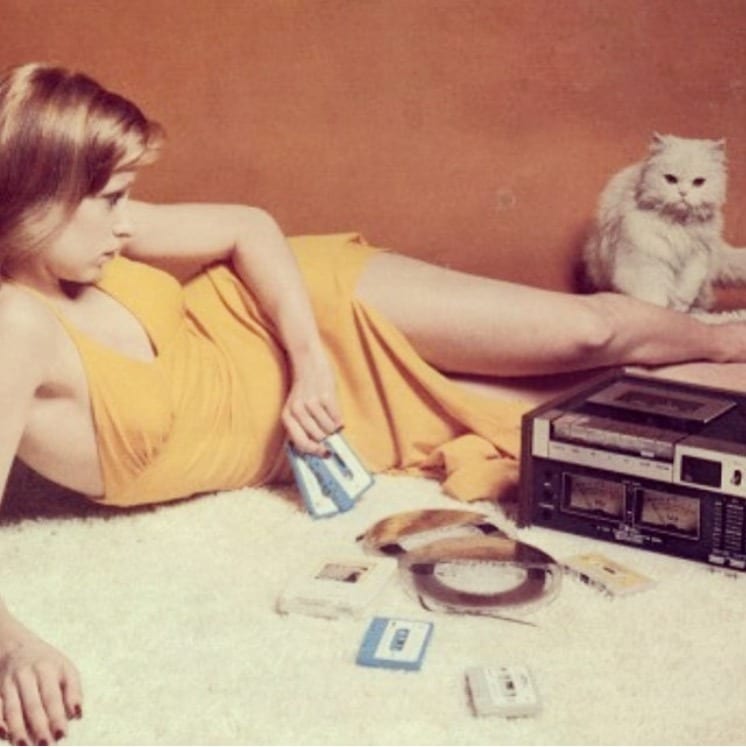A number that a man keeps dreaming about turns out to be the identification number of the weapon he used in the Vietnam War.
Another realizes his neck pain in his current life is located in the same spot where his neck broke in a fatal accident generations earlier.
Another client sees how her interactions with her mother’s soul in past lifetimes could be contributing to co-dependent problems they’re having now.
These are just a few stories from Ann C. Barham’s new book The Past Life Perspective: Discovering Your True Nature Across Multiple Lifetimes. Barham is an internationally certified regression therapist.
She breaks up the book by client story, giving a high-level look at what the client experienced while undergoing a regression. At once professional and empathetic, Barham delivers an incredibly balanced, entertaining, and informative look at what exploring one’s past lives actually looks like — and the many ways the past can help an individual’s present.
She also offers practical ways to apply what she and her clients have learned to your own life. Whether you’re a believer or not. (Which, by the way, more and more of you are. According to recent Harris and Gallup polls, about 25 percent of American adults believe in reincarnation and another 27 percent don’t disbelieve ((raises hand)).)
At the end of each chapter Barham lists the Essential Truths Uncovered through a client’s work.
For example, a woman named Natalie was struggling with feeling comfortable leaving her home. In her therapy, Natalie saw that in one lifetime she was forced to leave her home in China as a child of war and in another her little sister was killed in a windstorm while their parents were away from the house. The Essential Truths from Natalie’s story included learning to forgive yourself and move on and valuing time you get to spend with your children. Knowing the potential source of a problem is always immeasurably helpful in solving it or letting it go.
As Barham writes, “People often come away with a greater realization of the eternal nature of their being, their connection to others, and a closer experience of the love-filled energy that underlies all life.”
This book’s worth a read, whether you’re just curious or convinced you were Joan of Arc. (Sorry though, you probably weren’t… Think how many everyday people have lived throughout the ages. Although, the book does cover experiences with a couple historical figures.)
The Past Life Perspective is full of stories of how past lives can affect current relationship dynamics, explain physical pains or birthmarks, or provide guidance for pursuing untapped talents.
Below, Barham expounds upon a few key outcomes of The Past Lives Perspective and what she does to relax when this work gets too challenging.
You can purchase the book here. Just try to read it and not itch to find out where and when your soul has been…
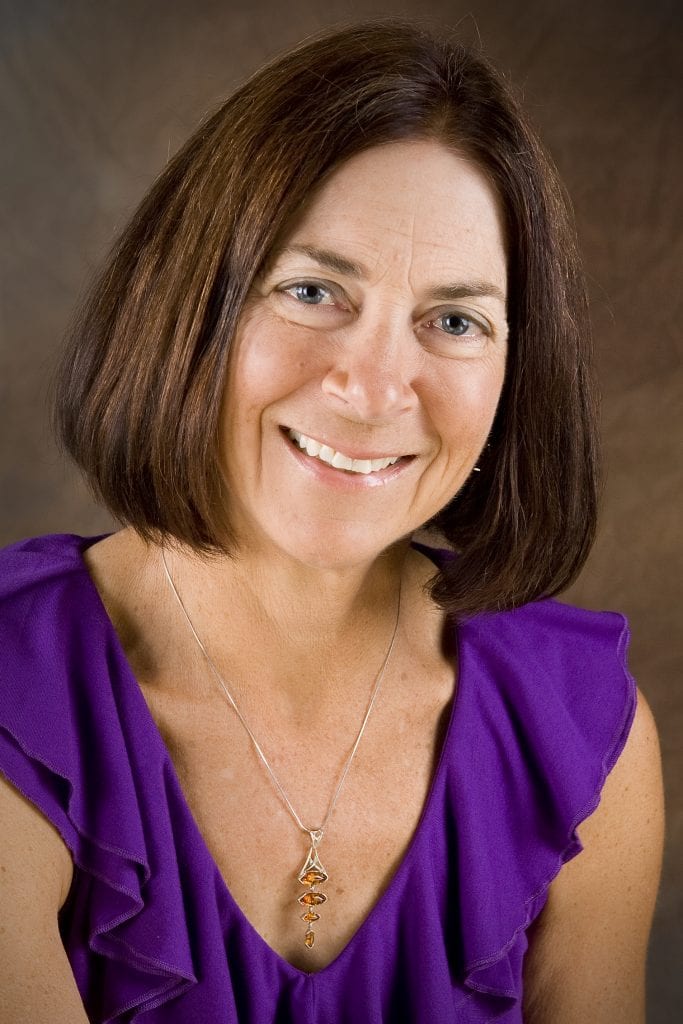
What made you want to study and practice past life regression therapy?
Past life therapy is an unusual specialty for a Marriage & Family Therapist, and many people wonder how this came about. I write about it in more detail in my book, The Past Life Perspective, but here it is in a nutshell:
I was raised in a conventional Catholic home, but that religion just didn’t fit for me. I embarked on a spiritual quest and did a lot of investigation into other traditions. When I stumbled upon the concept of reincarnation, it just resonated for me. It made total sense that we lived more than one human lifetime and we had multiple opportunities to master our lessons on the human plane.
After I had focused on more conventional therapeutic modes for some years, I found myself restless for something more. I wanted to help people more rapidly and on more levels simultaneously (emotional, relational, physical and especially spiritual). It occurred to me to pursue training in past life therapy as a specialty. I was lucky enough to train with some of the world’s foremost experts in the field at that time, including Dr. Brian Weiss and Dr. Roger Woolger (now deceased). I introduced past life work into my counseling practice and found it so rewarding and so helpful to clients that it soon became the main focus of my professional work. I believe that this is something that I bring forward from one of my own prior lifetimes.
Would you tell us about your breakthrough revelations from your own prior lives?
I’ve had a number of startling healings of physical symptoms thanks to my own past life work. The most dramatic, which I share in my book, happened in graduate school when my professor used me as the class ‘guinea pig’ to demonstrate when a client might come up with past life imagery. By going to a lifetime as a young Asian woman whose feet were bound, I was able to release a chronic problem in my feet literally overnight. I have also connected with some of my own prior personalities that were significantly different than my current personality – the most dramatic of these being as a Viking raider who loved to rape, pillage and plunder. He eventually met death from an axe through his skull in a dispute over a woman. Seeing life through the eyes of these prior personalities really advances the understanding of other people’s worldview and belief systems. It helps us to gain greater tolerance and compassion toward those different than ourselves. Probably the most fun for me has been to plug into past life memories while traveling. There are certain areas of the world that powerfully affect me when I’m there. Visiting sacred sites in both Egypt and Israel have evoked spontaneous past life recall for me.
Do you have a go-to example of how confronting a past life issue can open the door to forgiveness and emotional healing in a person’s present life?
There’s an interesting story that I explore fully in The Past Life Perspective about a woman who consulted me about her relationship with her husband, in which she felt like she was “fighting for her life.” We explored a series of lifetimes in which he did cause her death – but we also discovered that she had done the same to him. She was able to forgive him and herself, unhook from this unconscious dynamic and greatly improve the relationship between them.
This story also demonstrates the point that oftentimes the work is to forgive ourselves for past life transgressions or losses; people who battle with guilt or depression in the current life may trace this back to events in prior lifetimes that have not been fully processed and released. We are able to do this in session and help them move forward more freely in their current lives.
How can past life therapy contribute to overcoming prejudice and other forms of social injustice?
One of the things I love about past life work is the fact that we experience ourselves as having lived as a different race, religion, nationality, gender or sexual orientation, and having held dramatically different belief systems than we do now. This leads to a greater understanding and compassion for those who we may disagree with or have a hard time understanding in the present time. We find out that, many times, we have actually walked in their shoes and believed what they believe just as strongly as we hold our beliefs now. I like to call past life work “the great equalizer.” It points out the commonality of our human experiences, which transcends temporary differences.
How can confronting a past life issue open the door to healing a current life physical ailment? Do we often see physical problems or marks transcend lives?
This is always one of the most fascinating areas, when injuries from our prior lifetimes seem to come through and manifest in our current life. This may be seen as pain or injuries in the same location in the body, or it may come through more benignly as a birthmark in the same location as a past life injury. In my work I have found that when physical issues are carried through, they are typically also connected to an emotional or relational issue. At times, when we unearth the past life origin and work with the physical trauma and the emotional/relational aspect, we can actually release the physical issue in the current life, as I described with the issue with my feet. Other times we are able to at least understand more about the physical challenge, and work with the associated aspects that the recurring physical symptom is asking us to resolve. There are a number of client stories in The Past Life Perspective that include fascinating physical aspects.
Does this work ever get too intense for you? Some of these memories are horrific… What motivates you to keep doing this work?
Many sessions do get quite intense, and I pace myself so I’m always fresh and able to be fully present for each client. Sometimes that means playing a lot of tennis to get grounded again! The very fact, however, that we often see so many examples of man’s inhumanity to man over the ages is one of the things that keeps me motivated. The more we are able to unearth these memories and release their hold on individuals, the more progress we will make as a whole. You can’t go to a lifetime where you were the victim of extreme violence or prejudice and not be convinced that this should never happen to others. At the same time there are also many wonderful stories and profoundly fulfilling lifetimes that we visit. Working with people on such a deep level and helping them to be more effective and more spiritually connected in their current lives is my true motivation.
Where do you think our souls go in between lifetimes?
Most clients experience going to a wonderful, profoundly peaceful, joy and love-filled realm where they reconnect with ‘source’ – be that god or whatever you want to call it – and with other beings who are significant to them. I believe there is a non-physical dimension in which our souls reside and from which our human personalities are animated. Each individual human personality merges with that soul identity after death.
You stress in the book that all the stories are real even if a client’s memories differ from the historical record. Can you clarify the difference between real and factual?
As we all know, memories of events even in our current lives are variable and not always 100 percent accurate or factual. If you ask four different observers of a traffic accident what happened, you will probably get four slightly different versions of the ‘facts.’ However, our memories are ‘real’ to us because it’s how we experienced and remember the event. What is important in past life work is to uncover how a lifetime was experienced by the client who lived it, what the feelings were, the attitudes and decisions adopted, what meaning the individual made from the experience. That is ‘real’ to them and that’s what counts. And, we also know that history was written by people who often had a bias, so how completely accurate are our historical accounts anyway?
Seeing life through the eyes of these prior personalities really advances the understanding of other people’s worldview and belief systems.
Do you have any practical advice on how and where to begin if someone is eager to access their own past lives? Is it possible to DIY past life regression?
There are a number of exercises and suggested practices that you can do to expand your awareness of your own prior lifetimes in my book. There is also a guided past life meditation on my website, pastlives.org, that people can access. It is possible to retrieve some past life memories on your own, however they typically will not be as detailed nor as effective in releasing stuck places as you will get in an individualized session with a professional past life therapist to guide you through the process. And if the material is difficult or challenging, you probably will run into blocks that the therapist would be able to help you negotiate successfully, that you probably would not be able to do on your own. However, many people find that it is fun and at times insightful to experiment on their own.
If you could invite three people to a dinner party, living or dead, who would it be and why?
Well, if I wasn’t concerned about how the three people would get along, I’d have an eclectic mix. First I would invite Jesus of Nazareth because I would like to meet and talk with him in person, to know more about the man and experience first-hand his transformative loving kindness. I think another guest would be Queen Elizabeth I who ruled England in the 1500s. I don’t know if I’d like her particularly, but I think she’d be fascinating to observe and interact with. What an amazingly strong woman and leader from a time in history where women were not so highly regarded. Finally, I’d invite John Stewart for his wit and humor to keep us all laughing at ourselves – something I always try to remember!
